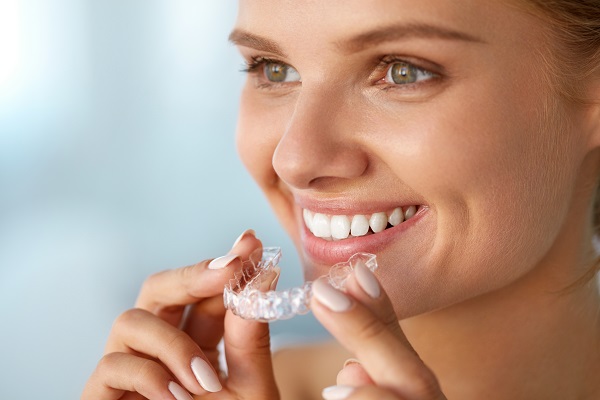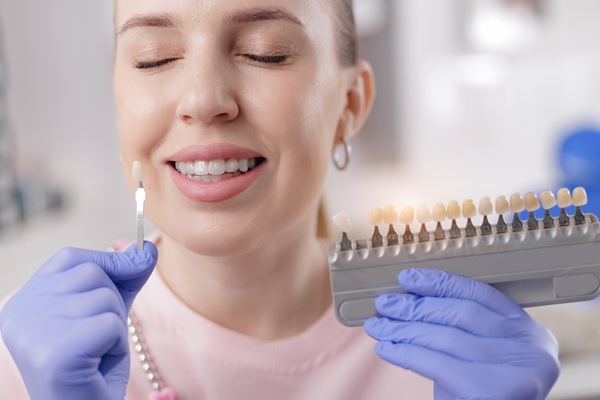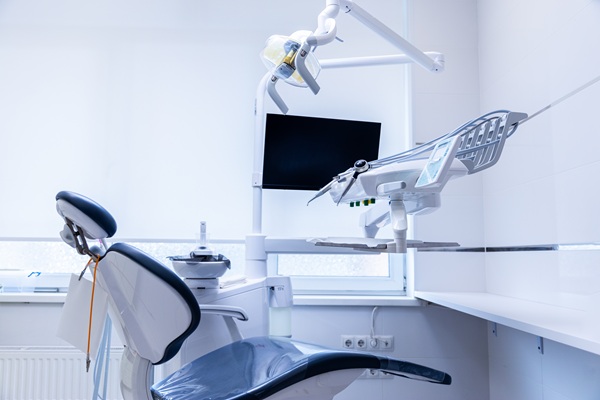At What Age Can Patients Be Considered for Invisalign Treatment?

Parents often wonder if Invisalign® is the right way to correct their child’s smile, and if so, at what age the child should start the process. Although patients do not have to wait until adulthood, this treatment should be started at the appropriate time to ensure satisfaction with the results.
Permanent results
While not a fixed rule, tooth correction generally should be initiated after a child has already lost all baby teeth and the full set of permanent teeth have grown in. For most children, this is around 12 years old, although it can happen sooner or later. If some of the child’s permanent teeth have yet to grow in when treatment is started, any corrective progress that is made to the teeth that have emerged can be undone when others grow in or the remaining baby teeth are lost.
However, accurate treatment for any patient is dependent on individual anatomy. For some children, the process of straightening teeth may need to be started before all permanent teeth have emerged. Since Invisalign® is customized to meet the needs of each individual patient, the decision of when to begin using the aligners should be left to a professional who should see the child before they gain a full set of adult teeth.
Consistent wear
Another concern for parents to keep in mind when considering Invisalign® for children is that the aligners must be worn at least 22 hours per day. Depending on the age of the patient, this may be a difficult or impossible task to accomplish. Younger patients may not have the discipline to wear the trays so often or may forget to replace them after eating or drinking. If a child’s need for treatment is not urgent, some of these concerns may be mitigated by waiting until the child understands the benefits of adhering to the recommended schedule.
Invisalign® benefits
Once a younger patient’s adult teeth have all grown in or a professional has approved treatment, Invisalign® can be a great choice and better than traditional alternatives. Although parents may be concerned that the trays are removable, this feature can also provide peace of mind. While traditional braces often impact oral hygiene routines by making cleaning teeth and gums hidden by wires more difficult, Invisalign is largely unobtrusive, which means that younger patients can give newly emerged permanent teeth proper care.
Furthermore, it is a more comfortable and subtle solution than traditional alternatives. Patients of all ages may feel self-conscious about the appearance of crooked smiles and the tools used to correct them. Since the trays are clear and subtle, younger patients may feel more comfortable opting for this form of treatment over traditional braces. They may also appreciate the lack of uncomfortable metal wires and brackets on every tooth that can make wearing braces a painful experience.
Conclusion
Invisalign® can be a comfortable and effective choice for straightening children’s teeth. Before deciding, however, make sure a dental professional has concluded that the patient is beginning treatment at an appropriate time.
Are you considering Invisalign® in the Huntsville area? Get more information at https://www.yourhuntsvilledentist.com.
Check out what others are saying about our services on Yelp: Read our Yelp reviews.
Recent Posts
Dental veneers can improve the shape, color, or symmetry of the smile in a way that looks natural. These thin restorations are bonded to the front of the teeth to enhance appearance while maintaining a natural feel. Available in both composite and porcelain materials, veneers are selected based on aesthetic goals, treatment timeline, and lifestyle.Composite…
Choosing the right dental office is essential for maintaining good oral health and ensuring a positive dental experience. When visiting a new dental office, it is important to ask the right questions to ensure the practice meets your specific needs and expectations. Whether you are new to the area or simply seeking a change, asking…
Whether you are about to book an appointment for tooth implants or you have just undergone the procedure, you probably want to learn proper aftercare to ensure healing and recovery. One of the questions that patients often ask is what and what not to eat after surgery. Although placing implants ensures that you have dental…
An implant dentist uses artificial tooth roots to anchor a restoration for a lost tooth or teeth. By replacing the lost tooth roots, dental implants provide you the strength and stability needed to chew food and perform other oral functions. Also, they help to stimulate and preserve jawbone structure, stopping bone loss, and maintaining facial…


